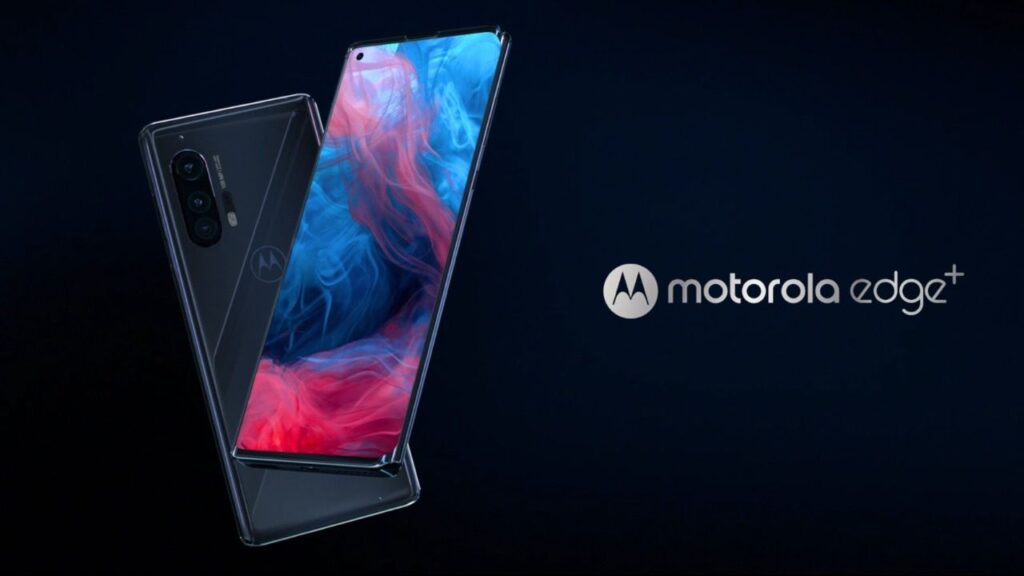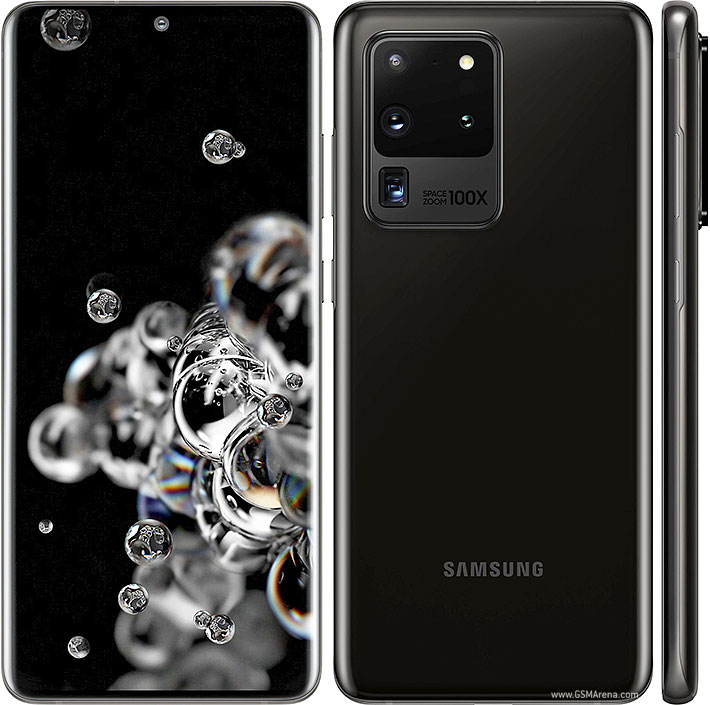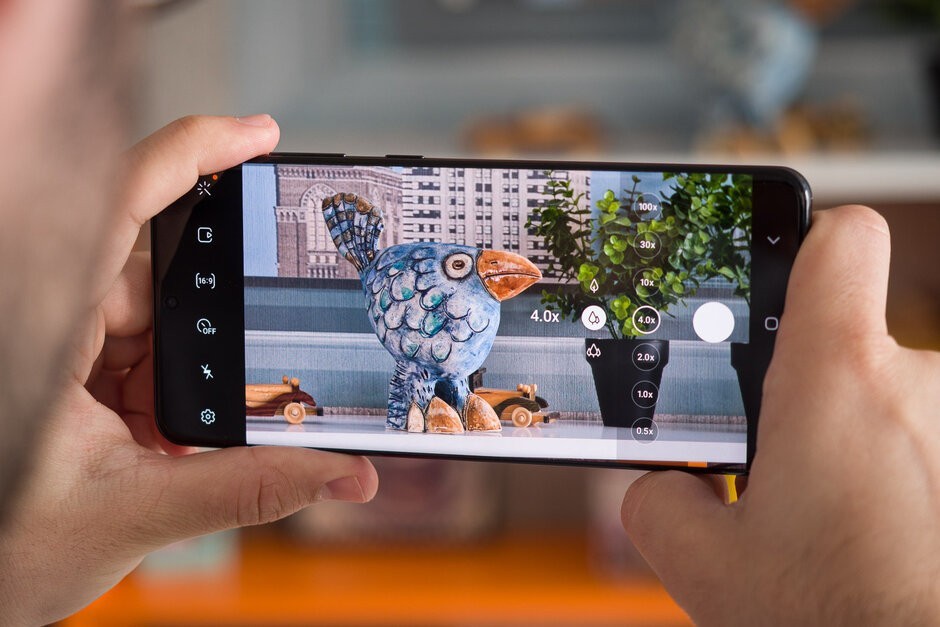Motorola Edge Plus and Galaxy S20 Ultra are Motorola’s and Samsung’s most powerful launches in the fields of the most expensive and powerful mobile phones. The smartphones have in common the main camera of up to 108 MP and the Android 10 system. Nevertheless, the models have significant differences in specifications. Ultra arrived for US$1,399. The Motorola Edge Plus arrived in the United States for US$999.
There is still no forecast for the arrival of Motorola in some countries. This is the first premium release of the manufacturer since the Moto Z3, announced in 2018. Check out, in the lines below, the differences between the phones.
Motorola Edge Plus and Galaxy S20 Ultra Datasheet
| Motorola Edge Plus | Galaxy S20 Ultra | |
|---|---|---|
| Launch | April 2020 | March 2020 |
| Current Price | US$999 | US$1,399 |
| Screen size | 6.7 inches | 6.9 inches |
| Screen resolution | Full HD + (2340 x 1080 pixels) | Quad HD + (3200 x 1440 pixels) |
| Screen panel | OLED | Dynamic AMOLED |
| Main camera | triple, 108, 16, and 8 MP | quad camera: 108, 48, 12 MP, and 3D |
| Front camera (selfie) | 25 MP | 40 MP |
| Operating System | Android 10 | Android 10 |
| Processor | Snapdragon 865 (octa-core up to 2.84 GHz) | Snapdragon 865 or Exynos 990 (octa-core up to 2.7 GHz) |
| RAM | 12 GB | 12 GB and 16 GB |
| Storage | 256 GB | 128 GB, 256 GB and 512 GB |
| Memory card | no support | yes, microSD up to 1 TB |
| Battery capacity | 5,000 mAh | 5,000 mAh |
| Dimensions and weight | 161.1 x 71.4 x 9.6mm; 203 g | 166.9 x 76.0 x 8.8 mm; 220 grams |
| Colors | ash and wine | gray and black |
Screen and Design

The Galaxy S20 Ultra screen features more advanced technology than Edge Plus. Samsung’s phone comes with a Dynamic AMOLED panel, a technology that displays color and contrast more clearly. The screen has 6.9 inches, Quad HD+ resolution (3200 x 1440 pixels), and a density of 511 PPI. Edge Plus comes with a 6.7-inch OLED display, Full HD+ resolution (2340 x 1080 pixels), and a density of 386 PPI.
In terms of design, both feature thin edges and curved screens on the sides. It occupies a large part of the mobile phone’s front panel. The Samsung smartphone is slightly larger, with dimensions of 166.9 x 76 x 8.8 mm and a weight of 220 grams against 161.1 x 71.4 x 9.6 mm and 203 of the Motorola phone. The panel of both features a discreet hole at the top for the selfie camera.
The Galaxy S20 Ultra features IP68 certification that protects you from dust and water as long as the handset is submerged up to 1.5 meters for 30 minutes. The Motorola Edge Plus is IP54 certified. This means it’s splash-resistant in practice.
Camera

For camera subjects, both phones have a 108 Megapixels main sensor and f/1.8 aperture. In Edge Plus, this sensor is Quad Pixel, i.e. it joins four pixels into one to generate the final 27 MP files. Also, the smartphone also features an ultra-wide 117° 16 MP camera with Macro Vision and f/2.2 aperture and an 8 MP telephoto lens and f/2.4 aperture, which offers optical zoom of up to 3x. The Motorola launch also features the ToF 3D sensor.
The Galaxy S20 Ultra has a telephoto lens with 48 MP and f/3.5 aperture, a 108 MP wide camera with f/1.8 aperture, an ultra-wide camera with 12 MP, an f/2.2 aperture and a Depth Vision lens, which represents the ToF 3D sensor. The optical zoom offered is 4x. Both have optical stabilization, Smart HDR, and Portrait Mode, an effect that blurs the background of the image.
For selfies, the Edge Plus front camera has a 25 MP sensor against the 40 MP of the Galaxy S20 Ultra. For video, the Motorola model records at 6K at 30 frames per second and combines optical and digital stabilization to improve movie quality. The Samsung model records in 8K at a speed of 60 frames per second.
Performance and Storage

The Edge Plus specifications include the Snapdragon 865 chip, Qualcomm’s most advanced currently, with an octa-core processor of up to 2.84 GHz and 12 GB of RAM. The chip supports 5G Internet.
The Galaxy S20 Ultra also comes with Snapdragon 865 processor in some regions, but it reached the national market with Exynos 990 (octa-core up to 2.7 GHz) and 4G support. The RAM is 12 GB.
Motorola’s model storage is 256 GB without memory card input. The Samsung device has options of 128 GB, 256 GB, and 512 GB with the possibility of expansion up to 1 TB via microSD.
Battery
The battery capacity of both models is 5,000 mAh. According to Motorola, it is possible to stay up to two days with the cell phone away from the outlets, considering the mixed-use of 4G and 5G. Also, the device also features fast recharging via USB-C of 18 W, wireless charging of up to 15 W, and reverse recharging of up to 5 W. The Samsung model also features wireless charging of up to 15 W and wireless power transmission to other devices via Wireless PowerShare.
Android system and Additional Features
Both phones feature Android 10, Google’s latest mobile system, and are expected to receive Android 11 soon. Both smartphones have fingerprint biometrics integrated into the screen itself, NFC for payments by Google Pay and Samsung Pay, and support for Wi-Fi 6.
Also, both have a barometer, gyro, accelerometer, compass, proximity sensor, ambient light sensor, and noise reduction microphone. The Bluetooth version of the Galaxy S20 Ultra is 5.0 versus Edge Plus version 5.1.
Price
The Galaxy S20 Ultra arrived for prices starting at US$1,399 in the colors gray and black. Edge Plus arrived in the United States in May for the initial price of US$999 in gray and wine.
This post may contain affiliate links, which means that I may receive a commission if you make a purchase using these links. As an Amazon Associate, I earn from qualifying purchases.

